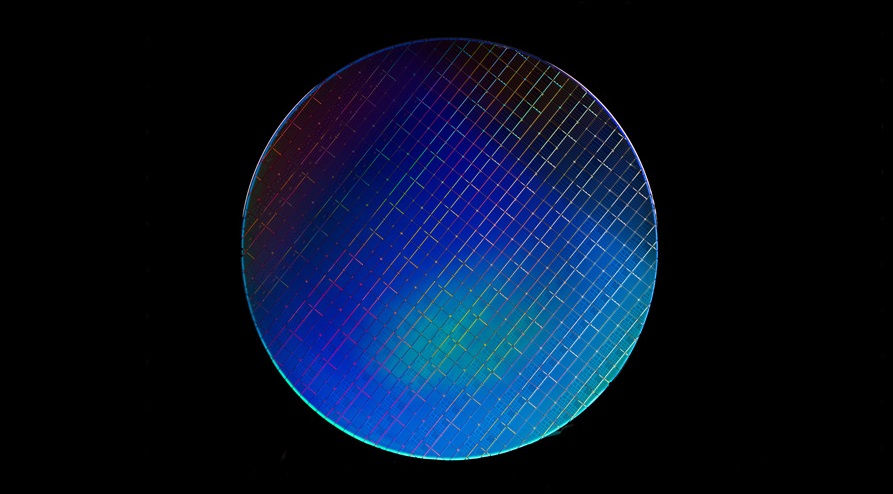Silicon has been an integral part of computing for decades. While it’s not always the best solution by every metric, it’s captured a key set of capabilities that make it well suited for general (or classical) computing. When it comes to quantum computing, however, silicon-based solutions haven’t really been adopted
By Joel Hruska
Historically, silicon qubits have been shunned for two reasons: It’s difficult to control qubits manufactured on silicon, and it’s never been clear if silicon qubits could scale as well as other solutions. D-Wave’s quantum annealer is up to 2,048 qubits, and recently added a reverse quantum annealing capability, while IBM demonstrated a 50 qubit quantum computer last month. Now Intel is throwing its own hat into the ring with a new type of qubit known as a “spin qubit,” produced on conventional silicon.
Note: This is a fundamentally different technology than the quantum computing research Intel unveiled earlier this year. The company is proceeding along parallel tracks, developing a more standard quantum computer alongside its own silicon-based efforts.
Here’s how Intel describes this technology:
Spin qubits highly resemble the semiconductor electronics and transistors as we know them today. They deliver their quantum power by leveraging the spin of a single electron on a silicon device and controlling the movement with tiny, microwave pulses.
The company has published an informative video about the technology, available below:
As for why Intel is pursuing spin qubits as opposed to the approach IBM has taken, there are several reasons. First and foremost, Intel is heavily invested in the silicon industry — far more so than any other firm working on quantum computing. IBM sold its fabs to GlobalFoundries. No one, to the best of our knowledge, is building quantum computers at pure-play foundries like TSMC. Intel’s expertise is in silicon and the company is still one of the foremost foundries in the world.
But beyond that, there are benefits to silicon qubits. Silicon qubits are smaller than conventional qubits, and they are expected to hold coherence for a longer period of time. This could be critical to efforts to scale quantum computing systems upwards. While its initial test chips have held a temperature of 20 millikelvin, Intel believes it can scale its design up to an operating temperature of 1 kelvin. That gap might not seem like much, but Intel claims it’s critical to long-term qubit scaling. Moving up to 1K reduces the amount of cooling equipment that must be packed between each qubit, and allows more qubits to pack into a smaller amount of space.
Intel is already moving towards having a functional spin qubit system. The company has prototyped a “spin qubit fabrication flow on its 300 mm process technology,” using isotopically pure wafers sourced for producing spin-qubit test chips:
Fabricated in the same facility as Intel’s advanced transistor technologies, Intel is now testing the initial wafers. Within a couple of months, Intel expects to be producing many wafers per week, each with thousands of small qubit arrays.
If silicon spin qubits can be built in large quantities, and the benefits Intel expects materialize, it could be a game-changing event for quantum computing. Building these chips in bulk and packing qubits more tightly together could make it possible to scale up qubit production relatively quickly.














